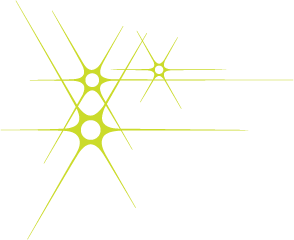Neurofeedback
Understanding Neurofeedback
Neurofeedback, or EEG Biofeedback, is a non-invasive technique that monitors brain activity in real time. This is typically done through electrodes placed on the scalp. The information gathered is then used to help individuals learn to self-regulate their brain functions.
A computer program analyzes the client’s brainwave activity and provides immediate feedback, often in the form of visual or auditory signals. This feedback is designed to help the brain reorganize and retrain its signals, leading to improvements in cognitive, emotional, and physiological well-being.

How Neurofeedback Works
The process begins with a detailed assessment of your brainwaves using EEG technology. This initial evaluation guides the personalized setting of the neurofeedback sessions. During each session, you’ll watch a display (for instance, a video or a simple computer game) that responds to your brain’s activity levels. When your brainwaves improve toward a more desirable and regulated pattern, the game or video will respond positively. Poorly regulated brainwaves cause the game or video to stop, encouraging your brain to reset to the desired state.
- Improved Attention and Concentration: Particularly effective for treating ADHD, helping to decrease impulsivity and hyperactivity.
- Reduced Anxiety and Depression: Helps modulate the brain’s activity to enhance mood stability.
- Enhanced Brain Function: Improves memory, focus, and processing speeds.
- Better Sleep Patterns: Regulates the brain’s arousal levels, which can help alleviate insomnia and other sleep disorders.
- Non-Invasive Care: No significant adverse effects, making it an excellent option for those who prefer a non-pharmacological approach.
